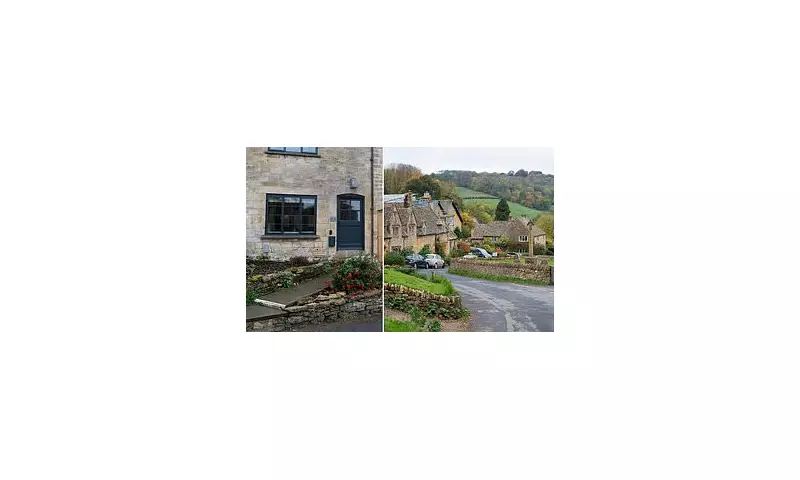
In a dramatic stand against modern design trends, the idyllic Cotswolds village made famous by the Bridget Jones films has slammed the door shut on fashionable black paintwork. Snowshill, known for its honey-coloured limestone cottages and timeless appeal, has officially banned homeowners from painting their doors and windows black or other dark colours.
The controversial decision comes after local authorities grew concerned that the trendy makeovers were compromising the village's historic character and distinctive architectural heritage.
Preserving Picture-Perfect Charm
Snowshill, nestled in the heart of the Cotswolds Area of Outstanding Natural Beauty, has long been a magnet for tourists and film location scouts alike. Its appearance in Bridget Jones's Diary only heightened its profile, making preservation of its authentic appearance a priority for local planners.
The Cotswolds District Council has now issued strict new guidelines stating that external paint colours must "complement the traditional colour palette of the area" and maintain the "special character and appearance of the conservation area."
The Rise and Fall of the Black Door Trend
Over recent years, dark-coloured doors and windows have become increasingly popular across the British countryside, with many homeowners seeking to add contemporary flair to period properties. However, conservationists argue that these modern interventions are eroding the very charm that makes areas like the Cotswolds so distinctive.
Local residents and heritage groups have welcomed the ban, noting that the traditional honey-coloured stone buildings were designed to be complemented by more subtle, natural colour schemes.
What the Ban Means for Homeowners
- Planning permission now required for external colour changes
- Black and other dark colours effectively prohibited
- Traditional, heritage-appropriate colours encouraged
- Existing black features may need to be repainted
- Regular enforcement checks planned
The council's crackdown represents a growing tension between individual property rights and collective responsibility for preserving Britain's architectural heritage. As one planning officer noted, "When you buy a property in a conservation area, you're not just acquiring a home - you're becoming a custodian of history."
Similar debates are likely to emerge in other protected areas as heritage authorities grapple with balancing modern tastes against historical preservation.





